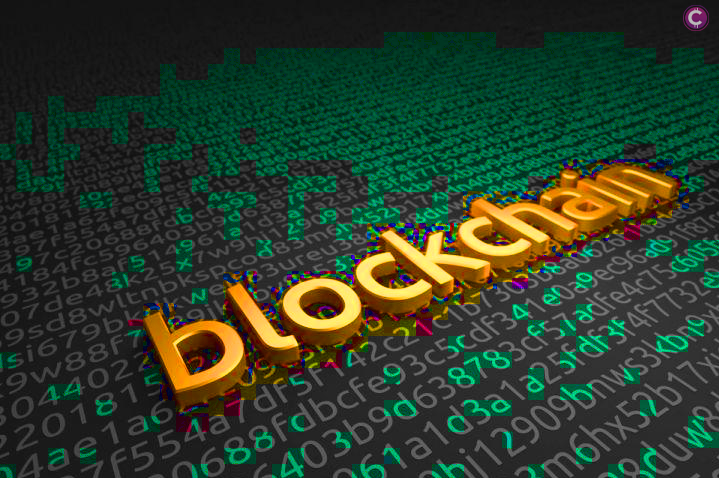
Simply put, a blockchain is a distributed computing network that stores and manages data.This technology lacks trust and has the potential to fundamentally alter our understanding of the world by redefining how we handle data and transfer value.As an...
The term "immutability" refers to the fact that something cannot be altered after it has been created.A block added to the blockchain has this property:It cannot be altered further once it is integrated into the system.
Hashing is the method by which the blockchain achieves immutability.Hashing generates a checksum, which is a specific output, from some data.The same result, which serves as a digital signature, will be produced each time you use the same algorithm to hash the same data.The fact that hashing cannot be reverse-engineered is its greatest benefit:You can't take a hash and get the data that went into making it.
The hash is generated in a blockchain using information from both the current block and the previous block in the chain.They are connected by this:All the hashes change when someone tries to change the data in one block, rendering the data in all other blocks useless.The attempted change is rejected by the blockchain because the hashes are no longer valid.
The term "immutability" refers to the fact that something cannot be altered after it has been created.A block added to the blockchain has this property:It cannot be altered further once it is integrated into the system.
Hashing is the method by which the blockchain achieves immutability.Hashing generates a checksum, which is a specific output, from some data.The same result, which serves as a digital signature, will be produced each time you use the same algorithm to hash the same data.The fact that hashing cannot be reverse-engineered is its greatest benefit:You can't take a hash and get the data that went into making it.
The hash is generated in a blockchain using information from both the current block and the previous block in the chain.They are connected by this:All the hashes change when someone tries to change the data in one block, rendering the data in all other blocks useless.The attempted change is rejected by the blockchain because the hashes are no longer valid.
In other words, this ensures the integrity of the data.Because you know it hasn't changed since it was stored on the blockchain, you can always refer to it.Information can, of course, be updated, but this is done in a new block.This prevents fraud and ensures that you can accurately trace its history.Additionally, it may be used as fraud evidence:It can demonstrate who did what and when, making it an impartial information source.Of course, just because something is on the blockchain doesn't mean it's true; however, in this instance, a person who made a mistake can't hide it.
However, the blockchain owner may choose to conceal their actions.But no.The next significant aspect of blockchain is as a result of this.
The transfer of authority and responsibility from a single, centralized authority to all participants is known as decentralization.This means that no one can be the boss of anyone else in a blockchain.Each participant is treated equally with others.
Naturally, this is difficult to put into practice in the real world.The capacity of individuals to create multiple identities to enhance their decision-making abilities is one important consideration.A Sybil attack is actually a well-known method of manipulation.The amount of power you have in a blockchain network is dependent on other factors in order to avoid such possibilities and allow individuals to preserve some degree of their privacy.The consensus algorithm varies in these:In Bitcoin, it depends on how much computing power you have, whereas in other cryptocurrencies like Cardano or Ethereum 2.0, it depends on how many coins you have.